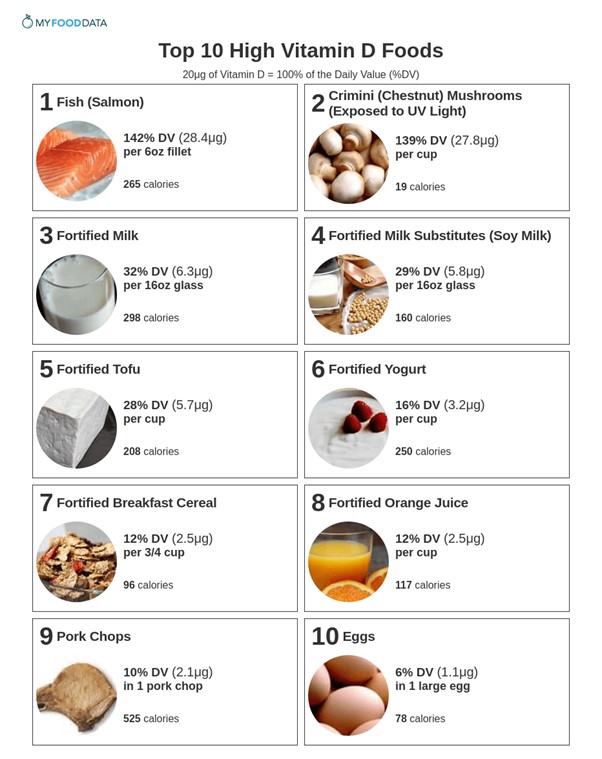The nurse is caring for a client who has been diagnosed with malnutrition. Which finding supports the medical diagnosis?
Body mass index (BMI) of 17.
Decrease in the appetite.
Dry mucosal membranes.
Weight of 227 pounds (103 kg).
The Correct Answer is A
Choice A
Body mass index (BMI) of 17 is the correct finding. A low Body Mass Index (BMI) is a common indicator of malnutrition. BMI is a measurement that considers a person's weight in relation to their height. A BMI of 17 suggests that the person is underweight, which can be indicative of malnutrition. Malnutrition is characterized by inadequate intake of calories, protein, vitamins, and minerals that are essential for maintaining health and well-being.
Choice B
Decrease in appetite is not correct finding. While a decrease in appetite might contribute to malnutrition, it's a symptom rather than a definitive indicator.
Choice C
Dry mucosal membranes are not the correct finding. Dry mucosal membranes can be related to dehydration or other conditions, but they are not specific enough to confirm malnutrition on their own.
Choice D
Weight of 227 pounds (103 kg) is not the correct finding. This weight is not necessarily indicative of malnutrition on its own. It's important to consider the individual's height, BMI, and other factors when assessing malnutrition.

Nursing Test Bank
Naxlex Comprehensive Predictor Exams
Related Questions
Correct Answer is ["A","B","D"]
Explanation
1 whole-wheat tortilla, 4 oz chicken breast, 4 of an avocados, 1/4 cup of salsa
1030
1 cup coffee, 2 tbsp half and half, 1 small apple, 1 tbsp almond butter
1200
1 cup spinach, 4 oz ground turkey with taco seasoning. 1/4 cup cheddar cheese, 2 bananas
1500
6 cashews
1900
1 cup regular soda, 6 oz white fish, 1/2 white potato, 2 tbsp butter, 1⁄2 cup green beans
2200
1⁄2 cup fat-free yogurt, 1/4 cup blueberries
Correct Answer is D
Explanation
Choice A
Bananas are incorrect. While bananas contain some nutrients, they are not significant sources of vitamin D, calcium, or phosphate, which are key nutrients for preventing rickets.
Choice B
Apple juice is incorrect. Apple juice is not a significant source of vitamin D, calcium, or phosphate. It may contain some vitamins and minerals, but it is not a primary food source for preventing rickets.
Choice C
Oranges are incorrect. Like bananas and apple juice, oranges are not significant sources of vitamin D, calcium, or phosphate. While they contain vitamin C, which is important for overall health, they are not the best dietary source for preventing rickets.
Choice D
Fortified milk is correct. Rickets is a condition primarily caused by a deficiency of vitamin D, calcium, or phosphate. Vitamin D is crucial for the proper absorption of calcium and phosphorus in the body, which are essential for bone health and development. Fortified milk is an excellent dietary source for preventing rickets because it is often enriched with vitamin D and calcium, both of which are important for bone mineralization and growth.

Whether you are a student looking to ace your exams or a practicing nurse seeking to enhance your expertise , our nursing education contents will empower you with the confidence and competence to make a difference in the lives of patients and become a respected leader in the healthcare field.
Visit Naxlex, invest in your future and unlock endless possibilities with our unparalleled nursing education contents today
Report Wrong Answer on the Current Question
Do you disagree with the answer? If yes, what is your expected answer? Explain.
Kindly be descriptive with the issue you are facing.
